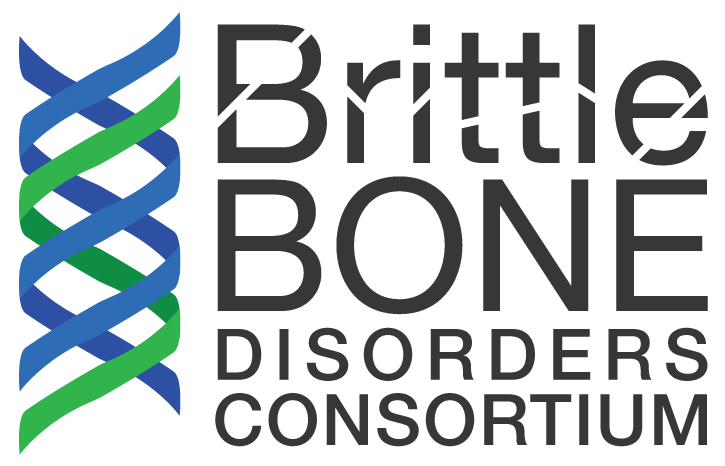Skip to main content
- Orthopedic Surgery: Surgery that involves the musculoskeletal system. The most common orthopedic surgery for people with OI is rodding surgery.
- Ossification: Changing other tissues, including cartilage, into bone. It is the process of normal bone formation performed by the osteoblast, a cell in the body that specifically performs this function.
- Osteogenesis: The development or formation of bone.
- Osteogenesis imperfecta: A genetic disorder of connective tissue characterized by bones that break easily, often from little or no apparent trauma. osteogenesis imperfecta (OI) is a highly variable disorder with signs and symptoms ranging from mild to severe. Most people with OI have a faulty gene that instructs their bodies to make either too little type 1 collagen or poor quality type 1 collagen. Type 1 collagen is the protein "scaffolding" of bone and other connective tissues. In addition to fractures, people with OI sometimes have muscle weakness or joint laxity, easy bruising, abnormal teeth and skeletal deformities. People with OI may experience respiratory difficulties and hearing loss. Those with the more severe forms are short in stature, while those with the milder forms will be shorter than average compared to others in their family. There are four generally recognized types of OI. OI is reported to occur with equal frequency in males and females and among all ethnic and racial groups. Two additional forms of OI have recently been identified that do not appear to have a type 1 collagen defect.
- Osteopenia: Too little bone formation as measured by a Dexa Scan or radiographs Bone mass is below normal but not low enough to be called osteoporosis. The bones may be described as "thin". This term is applied to conditions such as OI, osteoporosis and osteomalcia.
- Osteoporosis: A condition in which the bones become weakened either due to decreased quality or quantity of bone, and more likely to fracture. This disease is characterized by porous bone, low bone mass and structural deterioration of bone tissue, leading to bone fragility.

